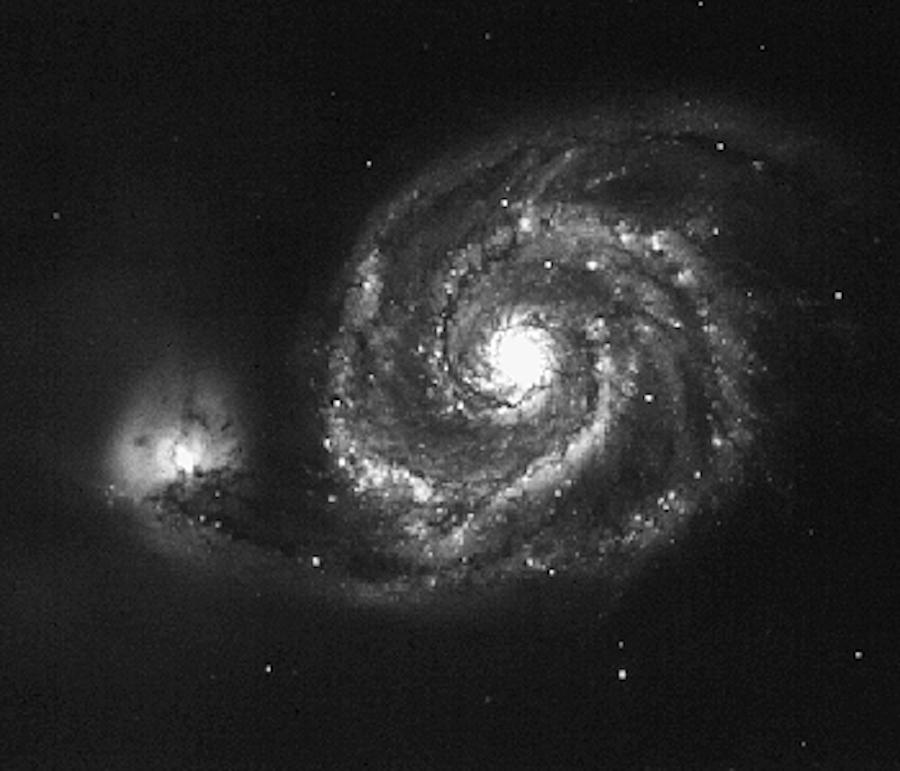Reaction-diffusion system with advection
Reaction-diffusion systems exhibit a great variety of patterns including target and spiral waves. However, in nature additional transport processes, such as advection, are frequently found. Reaction-diffusion-advection systems are a relevant concept to describe processes involving mixing in chemistry and biology. In our laboratory, we study the influence of a chaotic flow on the chemical Belousov-Zhabotinsky reaction. We induce the chaotic flow using the Faraday instability that appears in a vertically vibrated fluid layer. The Faraday experiment is a classic experiment in fluid dynamics that has received a lot of attention due to the nontrivial nature of the standing waves observed in the free surface (Faraday instability).

Spatio-temporal structures in active media
The onset of pattern formation phenomena in nonequilibrium systems results from the interplay between local dynamical processes and diffusive transport (Cross and Hohenberg, 1993). The most studied examples are provided by autocatalytic chemical reactions: Belousouv-Zhabotinsky reaction (Belousov, 1958, Zhabotinsky, 1970), CDIMA (Lengyel et al., 1990), but such structures appear in physically diverse systems: one´s fingerprints, stripes of a tiger or zebra, spots of a leopard (see Murray, 1989), galaxies and stars (Nozakura e Ikeuchi, 1984), nerve conduction (Hodgkin and Huxley, 1952), heart muscle (Davidenko et al., 1992), aggregating slime-mould cells... All these examples belong to the same class of reaction-diffusion systems.

Belouzov-Zhabotinsky reaction
Wave propagation in spatially extended media and far from equilibrium has been the subject of a many studies in the last years (for a review see Cross M.C., Hohenberg P.C., Rev. Mod. Phys. 65, 851 (1993)). In particular, wave propagation in excitable chemical media has been studied extensively, because it constitutes a good example for excitation waves in other contexts, e.g., waves of excitation in neural or cardiac tissue. The term excitable medium refers to a system as an ensemble of coupled excitable elements, where each element exhibits the dynamics of a stable fixed point when it is perturbed up to a threshold. The closed trajectory in the phase space is translated to a travelling wave in the real time-space
Topological transitions in reaction-diffusion systems under microscopic forcing
Turing structures appear in different spatial configurations, typically as stripes and spots, but also mixed states exist. A traditional tool to characterize these patterns is the Fourier transformation, which accounts for the spatial wavelength. However, it suffers some difficulties to clearly discriminate among different spatial configurations or mixed states. Instead, we propose morphological measures, as Minkowski functionals, to characterize these different spatial configurations in a unique way. As an example, we consider the transitions induced by an external forcing at the microscopic scale in a reaction-diffusion system, and the results can be straightforwardly extended to other problems with similar topologies.

Other Research Projects
- Stochastic and deterministic forcing of complex structures.
- Models and numeric simulation
- Chaos in discrete systems
- Neuron dynamics models